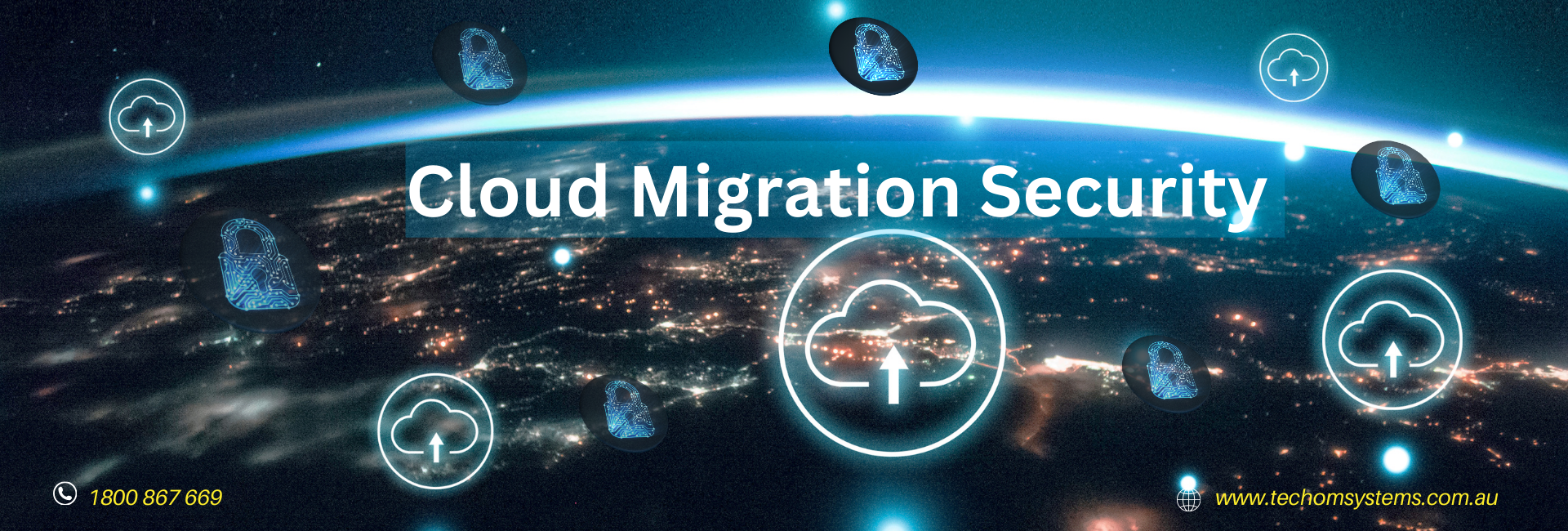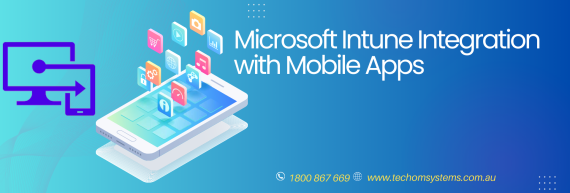The transformative power of cloud computing has become a strategic imperative for organisations seeking scalability, flexibility, and efficiency. However, the migration of critical infrastructure and applications to the cloud introduces a myriad of security considerations and challenges that demand meticulous attention. In this comprehensive guide, we explore the complexities of Cloud Migration Security, offering key insights, differentiators from on-premises security, and effective strategies to mitigate associated risks.
Understanding Cloud Security Dynamics
Shared Responsibilities

A fundamental distinction between on-premises and cloud security lies in the concept of shared responsibilities. Cloud providers, exemplified by platform, delineate clear obligations:
- Customer’s Responsibility: Encompasses data protection, identity and access management (IAM), OS configuration, network security, and encryption.
- Platform Responsibility: Encompasses underlying infrastructure elements like compute, hypervisors, storage, databases, and networking.
This shared responsibility model necessitates a thorough understanding to fortify the overall security posture.
Software-Centric Environment

The cloud’s entirely software-based nature introduces unique requirements for controls, processes, and tools. Cloud providers manage hardware, emphasizing the need for tailored security measures in a software-centric ecosystem.
Governance Overhaul

Cloud migration prompts a paradigm shift in governance workflows. Agility and continuous adaptability become paramount, requiring representation from diverse stakeholder groups and accelerated decision-making.
Cloud Migration Security Considerations
Regulatory and Compliance Adherence
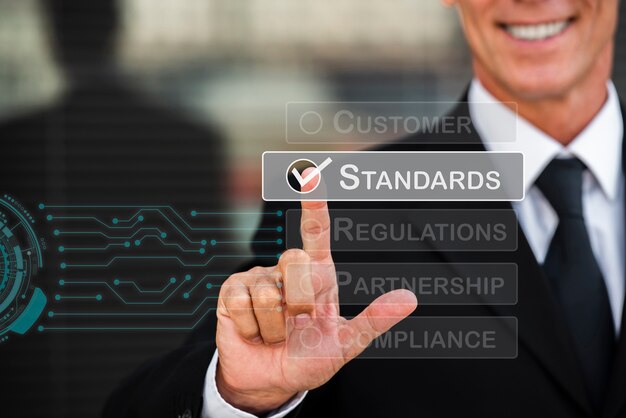
Aligning with regulatory and compliance requirements is paramount in any cloud migration. Organizations must ensure that chosen cloud environments adhere to industry-specific regulations, with major cloud providers offering compliance attestations.
Cloud Control Plane Visibility

Navigating cloud control plane settings demands careful attention, especially in major environments like Microsoft Azure. Adhering to industry benchmarks, such as the Center for Internet Security benchmarks, ensures an initial secure configuration, with continuous monitoring pivotal to detecting changes and risky settings.
Privileged Access Controls

Introducing new privileged user roles in the cloud necessitates robust privilege oversight. Implementing stringent access controls ensures a secure transition to cloud-provider environments.
Automation and APIs
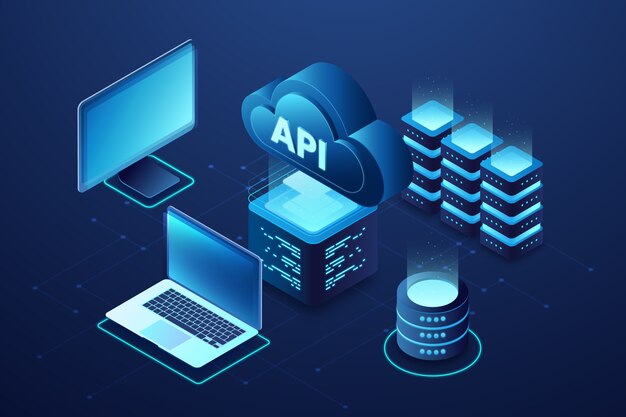
Security controls in the cloud require automation for seamless scalability. Extensive use of cloud provider APIs and specialized tools facilitates security automation, adapting to the dynamic nature of cloud operations.
Cloud Migration Security Challenges
Lack of Skills and Knowledge
A prevalent challenge during cloud migration is the lack of expertise among DevOps and cloud engineering teams. Bridging this knowledge gap is imperative to prevent well-intentioned yet insecure practices.
Data Exposure Risks
The expansive cloud environment introduces diverse data storage and processing services. Inadequate access controls, encryption, and data protection measures can inadvertently expose sensitive information, highlighting the need for meticulous configuration.
Visibility and Monitoring Gaps
The dynamic nature of cloud operations amplifies the challenge of maintaining visibility and monitoring. Security teams often struggle to comprehend changes, especially in multi-cloud environments, necessitating robust monitoring solutions.
Identity and Access Management Complexity
Identifying appropriate least-privilege roles and identity policies becomes intricate in large and multi-cloud scenarios. Weak or misapplied identity policies present vulnerabilities exploitable by attackers.
Misconfigured Control Plane Settings
Improperly managed control plane settings, including administrative console access, authentication requirements, network controls, and exposed APIs, pose significant threats. Addressing these misconfigurations is paramount to reducing the potential threat surface.
Mitigating Cloud Migration Security Risks
To navigate the complex landscape of cloud migration security, organizations can adopt the following strategies:
Establish Proper Cloud Governance
A central governance structure ensures alignment across diverse teams, fostering collaboration among DevOps, IAM, information security, and image management teams. A dedicated cloud governance committee ensures representation from all critical areas.
Define Security Standards and Baselines
Collaborate with the governance team to develop baseline security standards covering control plane configuration, Infrastructure as Code (IaC) templates, workload vulnerability posture, and privilege assignment in cloud infrastructure.
Dedicated IAM Function
Recognizing the critical role of identities and privilege assignment, establish a dedicated IAM function. This team manages directory service integration, federation, single sign-on, and policy definitions across SaaS, PaaS, and IaaS environments.
Multifactor Authentication Implementation
Mitigate the risk of brute-force attacks by enabling multifactor authentication for all administrative access to the cloud environment. This adds a layer of security to protect privileged accounts.
Enable Cloud-Wide Logging
Leverage logging services provided by major cloud service providers. Enable cloud-wide logging and route logs to a centralized service for analysis, aiding in the detection of security events and incidents.
Invest in Cloud Security Posture Management
As cloud deployments grow in complexity, investing in a cloud security posture management service becomes crucial. Continuous monitoring of configuration settings across multiple clouds helps identify and rectify misconfigurations.
Your Partner for Cloud Migration Security
In conclusion, ensuring the utmost security for your cloud migration journey is paramount, and that’s where TECHOM Systems excels. As your trusted Checkpoint partner, TECHOM Systems specializes in providing comprehensive solutions for Cloud Migration Security. Our commitment to excellence is underscored by our expertise in navigating the complexities of cloud environments.
For inquiries and to bolster your cloud security, reach out to TECHOM Systems at 1800 TOSNOW (1800 867 669) or drop us an email at hello@techomsystems.com.au. Safeguard your cloud infrastructure with TECHOM Systems – your dedicated partner in securing the future of your digital operations.
Book your free consultation on cloud security via Teams with our Cloud Migration expert today. Schedule your call here.
What are the Considerations and Challenges in Cloud Migration Security?
The transformative power of cloud computing has become a strategic imperative for organisations seeking scalability, flexibility, and efficiency. However, the migration of critical infrastructure and applications to the cloud introduces a myriad of security considerations and challenges that demand meticulous attention. In this comprehensive guide, we explore the complexities of Cloud Migration Security, offering key insights, differentiators from on-premises security, and effective strategies to mitigate associated risks.
Understanding Cloud Security Dynamics
Shared Responsibilities

A fundamental distinction between on-premises and cloud security lies in the concept of shared responsibilities. Cloud providers, exemplified by platform, delineate clear obligations:
- Customer’s Responsibility: Encompasses data protection, identity and access management (IAM), OS configuration, network security, and encryption.
- Platform Responsibility: Encompasses underlying infrastructure elements like compute, hypervisors, storage, databases, and networking.
This shared responsibility model necessitates a thorough understanding to fortify the overall security posture.
Software-Centric Environment

The cloud’s entirely software-based nature introduces unique requirements for controls, processes, and tools. Cloud providers manage hardware, emphasizing the need for tailored security measures in a software-centric ecosystem.
Governance Overhaul

Cloud migration prompts a paradigm shift in governance workflows. Agility and continuous adaptability become paramount, requiring representation from diverse stakeholder groups and accelerated decision-making.
Cloud Migration Security Considerations
Regulatory and Compliance Adherence
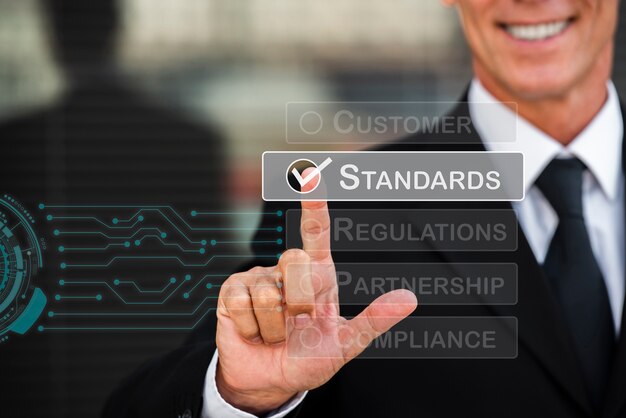
Aligning with regulatory and compliance requirements is paramount in any cloud migration. Organizations must ensure that chosen cloud environments adhere to industry-specific regulations, with major cloud providers offering compliance attestations.
Cloud Control Plane Visibility

Navigating cloud control plane settings demands careful attention, especially in major environments like Microsoft Azure. Adhering to industry benchmarks, such as the Center for Internet Security benchmarks, ensures an initial secure configuration, with continuous monitoring pivotal to detecting changes and risky settings.
Privileged Access Controls

Introducing new privileged user roles in the cloud necessitates robust privilege oversight. Implementing stringent access controls ensures a secure transition to cloud-provider environments.
Automation and APIs
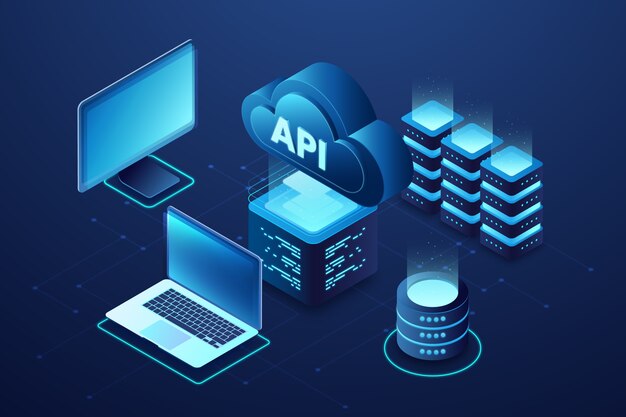
Security controls in the cloud require automation for seamless scalability. Extensive use of cloud provider APIs and specialized tools facilitates security automation, adapting to the dynamic nature of cloud operations.
Cloud Migration Security Challenges
Lack of Skills and Knowledge
A prevalent challenge during cloud migration is the lack of expertise among DevOps and cloud engineering teams. Bridging this knowledge gap is imperative to prevent well-intentioned yet insecure practices.
Data Exposure Risks
The expansive cloud environment introduces diverse data storage and processing services. Inadequate access controls, encryption, and data protection measures can inadvertently expose sensitive information, highlighting the need for meticulous configuration.
Visibility and Monitoring Gaps
The dynamic nature of cloud operations amplifies the challenge of maintaining visibility and monitoring. Security teams often struggle to comprehend changes, especially in multi-cloud environments, necessitating robust monitoring solutions.
Identity and Access Management Complexity
Identifying appropriate least-privilege roles and identity policies becomes intricate in large and multi-cloud scenarios. Weak or misapplied identity policies present vulnerabilities exploitable by attackers.
Misconfigured Control Plane Settings
Improperly managed control plane settings, including administrative console access, authentication requirements, network controls, and exposed APIs, pose significant threats. Addressing these misconfigurations is paramount to reducing the potential threat surface.
Mitigating Cloud Migration Security Risks
To navigate the complex landscape of cloud migration security, organizations can adopt the following strategies:
Establish Proper Cloud Governance
A central governance structure ensures alignment across diverse teams, fostering collaboration among DevOps, IAM, information security, and image management teams. A dedicated cloud governance committee ensures representation from all critical areas.
Define Security Standards and Baselines
Collaborate with the governance team to develop baseline security standards covering control plane configuration, Infrastructure as Code (IaC) templates, workload vulnerability posture, and privilege assignment in cloud infrastructure.
Dedicated IAM Function
Recognizing the critical role of identities and privilege assignment, establish a dedicated IAM function. This team manages directory service integration, federation, single sign-on, and policy definitions across SaaS, PaaS, and IaaS environments.
Multifactor Authentication Implementation
Mitigate the risk of brute-force attacks by enabling multifactor authentication for all administrative access to the cloud environment. This adds a layer of security to protect privileged accounts.
Enable Cloud-Wide Logging
Leverage logging services provided by major cloud service providers. Enable cloud-wide logging and route logs to a centralized service for analysis, aiding in the detection of security events and incidents.
Invest in Cloud Security Posture Management
As cloud deployments grow in complexity, investing in a cloud security posture management service becomes crucial. Continuous monitoring of configuration settings across multiple clouds helps identify and rectify misconfigurations.
Your Partner for Cloud Migration Security
In conclusion, ensuring the utmost security for your cloud migration journey is paramount, and that’s where TECHOM Systems excels. As your trusted Checkpoint partner, TECHOM Systems specializes in providing comprehensive solutions for Cloud Migration Security. Our commitment to excellence is underscored by our expertise in navigating the complexities of cloud environments.
For inquiries and to bolster your cloud security, reach out to TECHOM Systems at 1800 TOSNOW (1800 867 669) or drop us an email at hello@techomsystems.com.au. Safeguard your cloud infrastructure with TECHOM Systems – your dedicated partner in securing the future of your digital operations.
Book your free consultation on cloud security via Teams with our Cloud Migration expert today.

